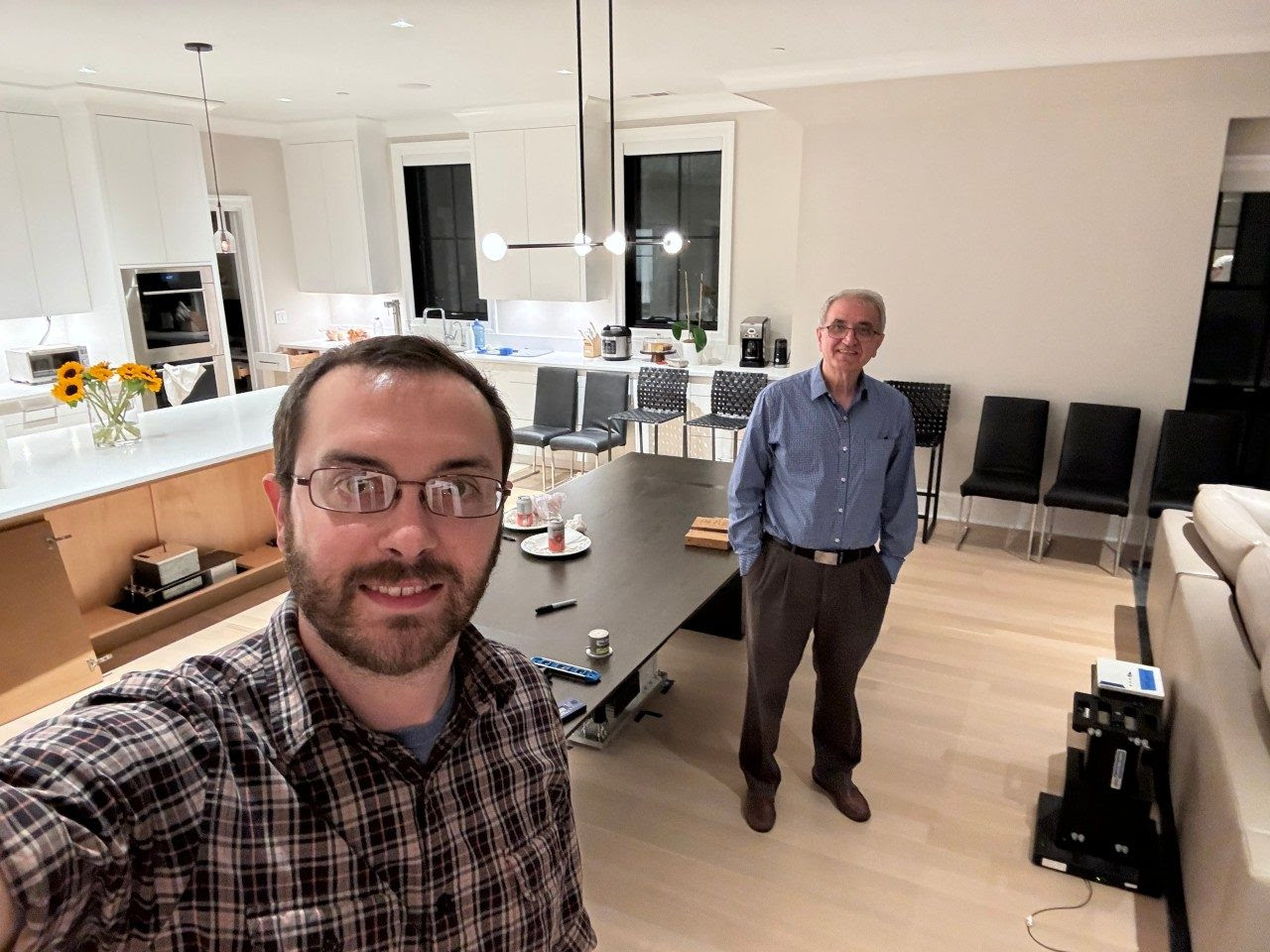
A family purchased an upscale home in the suburbs of New York City with an open-floor plan, but they weren’t happy with the floor vibration in certain rooms. Homes built with longer spans and fewer partitions are structurally sound, but the design trend often means noticeable vibration when you walk across the floor.
They contacted a structural engineer to address the issue, but structurally, the home was sound and there wasn’t anything they could do about the problem. The engineer searched online for possible alternatives and found a Virginia Tech News article from 2017 that led him to Virginia Tech architecture professor Mehdi Setareh.
Nearly seven years ago, Setareh and students created a portable tuned mass damper (PTMD) as part of a National Science Foundation-funded project, a much smaller version of a device used throughout the world to reduce structural vibration in buildings, such as Taiwan’s Taipei 101 skyscraper, and bridges, including London’s Millennium Bridge.
The first version of the PTMD is smaller than a nightstand and less than 275 pounds. It is easy to set up and tune, unlike its predecessor which is a complex, multi-ton device that covers an average of 10,000 square feet and is costly to install, tune, and maintain.
Now, Setareh has managed to make those devices even smaller, and they are being used for the first time in a residential home.
“When the family contacted me, I thought, ‘I’ve done this on commercial building floors, footbridges, and monumental stairs, but never on a house. It should be similar,’” said Setareh. “We went there in May with three devices. We installed and tuned them.”
The New York family saw a noticeable reduction in vibration using the first version of the PTMD and were thrilled with the results, with one exception.
“They said, ‘Oh, it’s excellent. This is what we want, but we just want you to make it smaller,’” said Setareh. “They gave us a size and shape factor that they wanted so the device could be within the couch, under the dining table, or in a kitchen cabinet, and we did.”
Reducing the size of the PTMD did not impact its effectiveness in tests conducted at Virginia Tech’s Vibration Testing Lab. In fact, it performed a few percentages better than the first version, so Setareh and Matthew Tiller, who worked with Setareh while he was a graduate student at Virginia Tech, installed the compact versions in the home on Nov. 11, 2023. Based on the provisions of an international standard for structural vibrations, they concluded that the floor movements are now within the acceptable range.
This recent improvement on an already revolutionary device now has potential for new applications. Incorporating smaller PTMDs into the design of the home would address vibration issues in open-floor designs and would also help reduce the cost if PTMDs were mass produced, as opposed to building devices one at a time. Setareh also sees potential for the medical community.
“You may have sensitive equipment like MRI machines that can’t work if you have got a lot of vibration, so this equipment can be used to address the problem,” said Setareh.
Setareh recently received funding from the National Science Foundation for market research and commercialization of the device. He is currently looking for corporate partnerships to patent PTMDs and mass produce the device. Until then, Setareh said he will continue to help those who reach out to him.
Zeke Barlow for Virginia Tech


